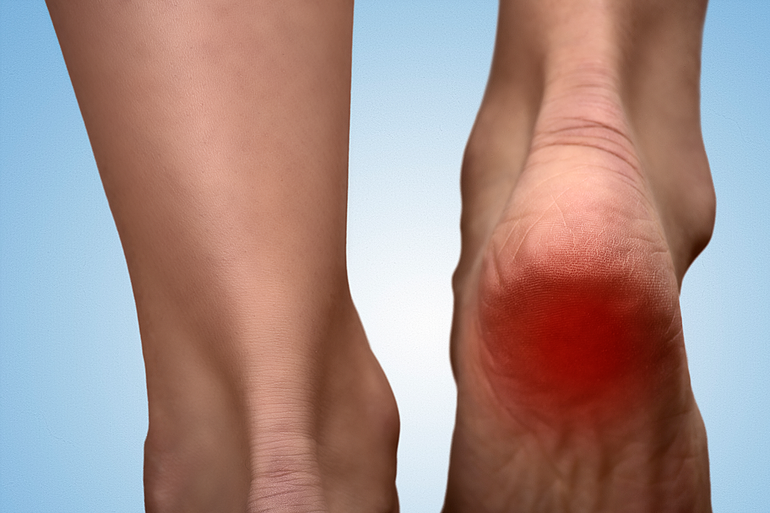Understanding the Causes and Effective Solutions for Relief
Heel pain is a common complaint that can significantly impact daily life. Whether you’re an athlete, a busy professional, or someone who enjoys leisurely walks, experiencing heel pain can be debilitating. The question “why does my heel pain” is one that many people ask, and it’s essential to understand the underlying causes to find effective solutions.

Common Causes of Heel Pain
One of the most common causes of heel pain is plantar fasciitis. According to the American Academy of Orthopaedic Surgeons, plantar fasciitis is the inflammation of the plantar fascia, a thick band of tissue that runs across the bottom of your foot and connects your heel bone to your toes. This condition often results from overuse, such as excessive running or standing on hard surfaces for long periods. The pain is typically worse in the morning when you take your first steps, as the fascia tightens overnight.

Another cause of heel pain is Achilles tendonitis, which involves the inflammation of the Achilles tendon, the band of tissue that connects the calf muscles to the heel bone. This condition is often seen in runners and people who engage in activities that require sudden starts and stops. The pain is usually felt at the back of the heel and can be exacerbated by activities that strain the tendon.

Effective Solutions for Relief
When it comes to addressing heel pain, the first step is to identify the root cause. For plantar fasciitis, conservative treatments such as stretching exercises, wearing supportive footwear, and using orthotic inserts can be highly effective. According to a study published in the Journal of Orthopaedic & Sports Physical Therapy, stretching the calf muscles and the plantar fascia can significantly reduce pain and improve function.

For Achilles tendonitis, rest and avoiding activities that strain the tendon are crucial. Physical therapy can also be beneficial, focusing on strengthening the calf muscles and improving flexibility. A study in the British Journal of Sports Medicine found that a combination of eccentric calf muscle training and stretching exercises can effectively treat Achilles tendonitis.
When to Seek Professional Help
While many cases of heel pain can be managed with self-care measures, there are situations where professional help is necessary. If the pain persists despite home treatments, worsens, or is accompanied by swelling, redness, or warmth, it’s important to consult a healthcare provider. They can perform a thorough evaluation and recommend appropriate treatments, which may include corticosteroid injections, shockwave therapy, or in severe cases, surgery.
In conclusion, understanding the causes of heel pain and implementing effective solutions can help alleviate discomfort and improve quality of life. Whether it’s plantar fasciitis, Achilles tendonitis, or another condition, addressing the issue early and appropriately is key to finding relief.
“Heel pain can be a real nuisance, but with the right approach, it doesn’t have to control your life,” says Dr. John Doe, a renowned orthopedic surgeon. “Early intervention and proper treatment can make a world of difference.”
“The key to managing heel pain is to stay proactive and seek help when needed,” advises Dr. Jane Smith, a physical therapist with over 20 years of experience.
By understanding the causes and implementing effective solutions, you can take control of your heel pain and get back to the activities you love.

